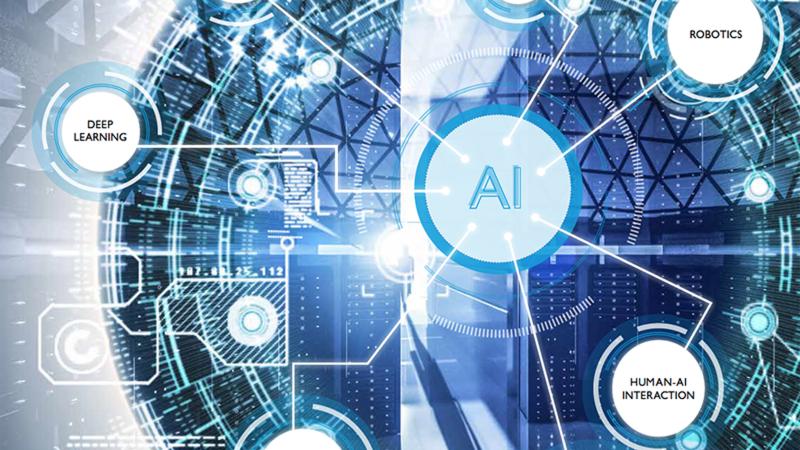Four new faculty expand collaboration’s AI and machine learning capabilities
January 22, 2020

Four experts in diverse aspects of artificial intelligence have joined Rensselaer Polytechnic Institute as part of the Artificial Intelligence Research Collaboration (AIRC), a recently formed joint initiative of Rensselaer and IBM Research.
“The addition of these faculty is expanding our interdisciplinary cohort of AI researchers across the entire campus. We expect these four outstanding faculty members are the first wave of hires who will increase our capabilities for AI and machine learning research across all five of Rensselaer’s schools,” said James Hendler, director of the AIRC, and a Rensselaer Tetherless World Professor of Computer, Web, and Cognitive Science.
The Rensselaer-IBM AIRC is dedicated to advancing the science of artificial intelligence and enabling the use of AI and machine learning in research investigations, innovations, and applications of joint interest to both Rensselaer and IBM. The collaboration fosters the growth of AI and machine learning capabilities through faculty hires, by funding specific research initiatives, and through funding top graduate students as IBM AI Horizons fellows.
For more information about the AIRC, watch this video:
The appointments add expertise in machine learning algorithms for text prediction, intelligent systems that collaborate with humans for problem solving, machine learning in materials discovery, and algorithms for understanding the social linguistics of disinformation.
“The AIRC is looking at a very wide range of problems that includes building trust in these systems, mathematical optimization of key algorithms using new techniques from math and data analytics, and really applying those to the kinds of problems that engineers and scientists work on,” Hendler said. “By bringing on new faculty through the AIRC, we’re able to get immediately involved in larger multidisciplinary projects.”
Tianyi Chen, an assistant professor in the Department of Electrical, Computer, and Systems Engineering, is developing machine learning algorithms that improve the learning accuracy of applications such as image classification and text prediction, by leveraging datasets from multiple users without compromising user privacy. His work touches on areas of machine learning and artificial intelligence, mathematical optimization, signal processing, and communication networks.
Lydia Manikonda, an assistant professor in the Lally School of Management, applies machine learning and AI techniques to unstructured social media data, including images, to understand the offline behaviors of users through their online footprints. Her current projects seek to use social media data to investigate the behavioral traits and dynamics in domains such as finance and public health (such as mental health, obesity, or personal health goals).
“Broadly speaking, my research interests include modeling and building technologies where humans and machines can collaborate and work together to solve real-world everyday problems. The network that surrounds me as part of the AIRC helps to nourish that work,” Manikonda said.
Trevor Rhone, an assistant professor in the Department of Physics, Applied Physics, and Astronomy, uses machine learning tools for materials discovery and knowledge discovery, searching for new 2D materials with exotic properties, predictive capabilities for industrially relevant catalytic reactions, or other compelling problems.
Tomek Strzalkowski, a professor in the Department of Cognitive Science, researches in the area of natural language processing, disinformation, and computational sociolinguistics. His work uses algorithms to understand how individuals use language to influence others, particularly as it relates to disinformation.
“How can language be used to manipulate human behavior and social relations? What techniques are being used? What makes someone influential? How can we tell in a group of people who are talking that someone is influencing others? Can we also see that these people are being influenced?” Strzalkowski said. “Pursuing my work through the structure of the AIRC, being able to work together, across disciplines, no boundaries, is a wonderful opportunity.”